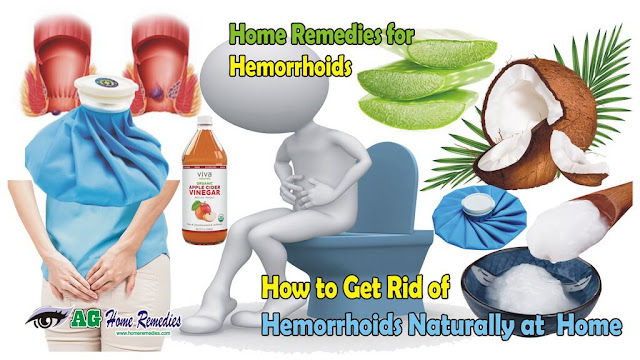

Prolapse of an internal hemorrhoid occurs when the internal hemorrhoids swell
Hemorrhoids can be prevented by keeping the stools soft, by regular exercise, eating a high fiber diet, drinking plenty of fluids avoiding straining with bowel movements, and trying to avoid sitting for long periods of time, especially on the toilet. Several treatments are available for hemorrhoids, and include home remedies, for example, over-the-counter (OTC) medicine like stool softeners and creams or suppositories to shrink and decrease inflammation of the hemorrhoid tissue) changes in the diet Sitz baths exercise or surgery. Sigmoidoscopy or colonoscopy may be ordered to look for other causes of blood in the stool. External and internal hemorrhoids are diagnosed by a physical exam and history by a health-care professional. A thrombosed external hemorrhoid occurs when blood within the blood vessel clots, and may cause significant pain and swelling. Symptoms may include bleeding with a bowel movement and a mass or fullness that can be felt at the anal opening. Hemorrhoids treatment at home skin#
External hemorrhoids are located beneath the skin on the outer aspect of the anus.

Internal hemorrhoids are located on the inside lining of the rectum and cannot be felt unless they prolapse and push through the anus opening causing pain and itching.inflammatory bowel disease (Crohn's disease and ulcerative colitis).straining at the time of bowel movement (this may be due to constipation or profuse diarrhea).Hemorrhoids usually are caused by increased pressure within the lower abdomen.The blood vessels become swollen due to increased pressure within them. Hemorrhoids are enlarged and swollen blood vessels located in the lower part of the rectum and the anus.Hemorrhoids usually are caused by increased pressure within the lower abdomen






 0 kommentar(er)
0 kommentar(er)
